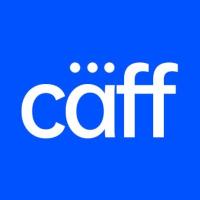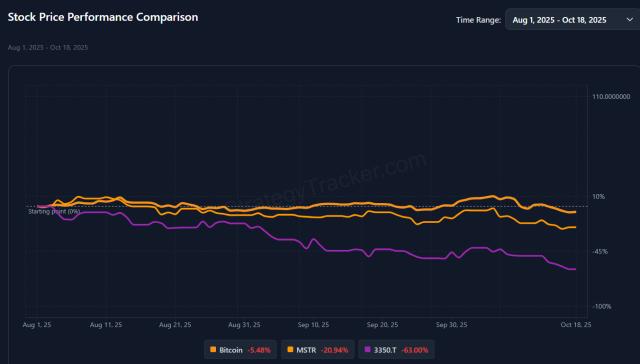The latest version of DeFi lending protocol Aave, V4, aims to improve scalability, modularity and capital efficiency through innovative architecture, making Aave the operating system of DeFi, and is scheduledto be launched in the fourth quarter of this year.
Original text: How V4 Turns Aave Into DeFi's Operating System (Aave)
Author: Aave
Compiled by Felix, PANews
Cover: Aave
Aave V4, the latest version of the DeFi lending protocol, aims to improve scalability, modularity, and capital efficiency through innovative architecture, establishing Aave as the operating system for DeFi. Scheduledfor launch in the fourth quarter of this year, Aave V4 utilizes a "hub and spoke" architecture, separating liquidity storage from market logic through the introduction of hubs and spokes.
Liquidity Hub serves as a unified liquidity hub, centrally managing asset supply and lending authorizations to ensure total lending does not exceed supply. Spokes is a dedicated marketplace for user interaction, supporting custom risk rules and asset types. Aave recently published a document detailing the workings of V4, which is detailed below.
Currently, Aave V3 operates independent markets, unable to share liquidity with one another. The Core Market, holding approximately $60 billion, is Ethereum's primary market, boasting the broadest selection of assets. The Prime Market, holding approximately $2 billion, serves the lower end of the risk curve. However, each market operates independently, meaning Prime Market users cannot borrow the billions of USDC deposited in the Core Market, even though they are the same asset.
This is because the system tightly links a market’s risk profile to its liquidity. This creates a “chicken and egg” dilemma for new markets.
While Aave already holds tens of billions of dollars in assets across other markets, each market segment still needs to build its own liquidity from scratch. V4 solves this problem by connecting dedicated Spokes to a shared Liquidity Hub, so new markets can access Aave’s existing liquidity depth from day one.
How V4 solves this problem
V4 decouples liquidity storage from market logic by introducing a hub (the Hub) that holds assets and Spokes that enforce specialized lending rules. Multiple Spokes can draw funds from the same Hub based on demand and credit allocations set by governance. Therefore, when building a Spoke, you connect to existing liquidity rather than starting from an empty pool.
Imagine the possibilities this creates: a Pendle market accepting Principle tokens (PT) as collateral could allow users to borrow USDC from the same Hub that serves users in the "core" market. A dedicated Uniswap LP Spoke could access the ETH liquidity that is also provided to other markets. Each Spoke implements its unique functionality and risk parameters while sharing the underlying liquidity depth that makes Aave DeFi the preferred lending network.
This eliminates the launch headache of each new market having to compete with existing successful markets for the same deposits.
Features of Spokes

This architecture enables markets that were simply not possible in V3. Custom markets can service assets like Ethena's sUSDe and its associated Pendle PTs without distracting from Aave's overall liquidity. Institutional users can obtain the collateral segregation they need while still leveraging the lending capabilities of the shared hub.
This flexibility also extends to entirely new financial primitives. When Spokes can customize how assets are handled, secondary markets for debt positions become feasible. Credit lines against AMM positions can dynamically track pool composition and volatility, adjusting loan-to-value ratios appropriately. Fixed-term credit markets can match supply and borrowing intent based on maturity, while allowing unmatched liquidity to continue earning yield from the underlying Hubs.
For builders, creating a Spoke allows them to focus on innovation rather than infrastructure and liquidity acquisition. Developers define their market parameters, implement specialized functionality, and connect to appropriate Hubs. They inherit Aave's proven liquidation system, governance framework, and risk management mechanisms without having to rebuild these components or accumulate deposits from scratch.
This approach enables the broader DeFi community to build on top of Aave, rather than compete with it. Service providers and integrators can create specialized experiences while accessing deep liquidity, scaling innovation within the Aave ecosystem rather than fragmenting it across different markets.
Why this evolution matters
As more Spokes connect to the shared Hub, the entire system becomes more efficient. Liquidity is better utilized across diverse use cases. Users gain access to specialized features without having to split their assets across multiple, isolated marketplaces. Innovation occurs on top of proven infrastructure, rather than repeatedly starting from scratch. Each successful Spoke makes the platform more attractive to the next builder, creating a positive feedback loop rather than a zero-sum competition.
V4 makes it possible to serve specific communities without fragmenting liquidity or forcing each new market to compete with existing successful markets for the same users and deposits.
This marks Aave’s natural evolution from multiple siloed markets to a unified liquidity infrastructure. The protocol is able to meet specialized needs while maintaining its capital efficiency and security.
For developers looking to build lending experiences for specific communities, V4 provides the foundation. With the infrastructure and development tools nearly ready, a new era of DeFi innovation is about to begin.
Disclaimer: As a blockchain information platform, the articles published on this site solely reflect the personal views of the authors and guests and do not represent the position of Web3Caff. The information within these articles is for reference only and does not constitute any investment advice or offer. Please comply with the relevant laws and regulations of your country or region.
Welcome to join the Web3Caff official community : X (Twitter) account | Web3Caff Research X (Twitter) account | WeChat reader group | WeChat public account








